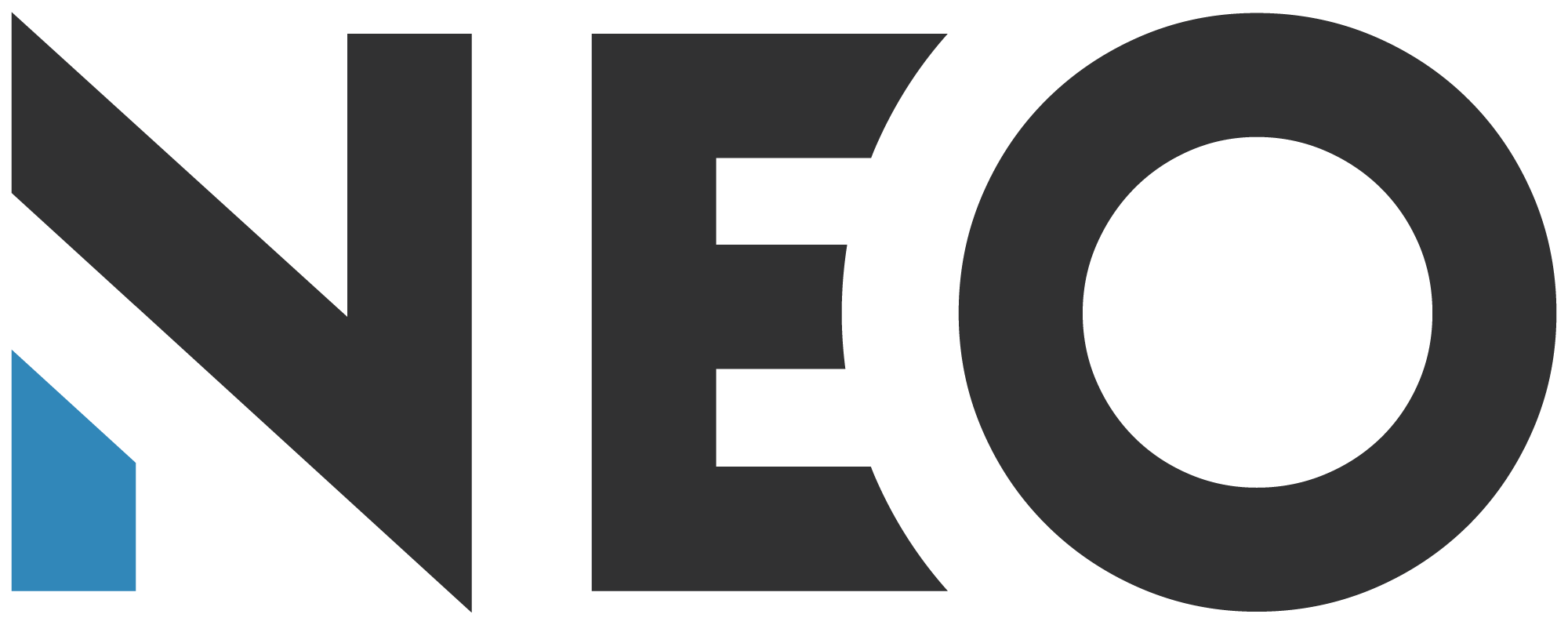
Salesforce on Wednesday announced the addition of IoT Insights to Field Service Lightning.
The new tool permits signals from Internet of Things devices to show up directly on Salesforce Service Cloud and Field Service Lightning mobile app consoles, alongside CRM data.
Service organizations can draw on those IoT signals to anticipate and diagnose issues remotely, determine the source of the problem, and dispatch field service agents with the right skills and equipment to address the problem.
Adding IoT Insights to Field Service Lightning also lets businesses reduce administrative work — a cost center — and focus on higher-value projects, such as solving a customer’s problem. Users can set rules to trigger the creation of a case automatically, and deploy an immediate response when IoT signals indicate a malfunction.

TechNewsWorld
“Combining IoT with CRM lets our customers see device status in context to their customer relationship — alongside warranty information, past purchase history, and other information — all in a single dashboard,” Paolo Bergamo, general manager of Field Service Lightning at Salesforce, told CRM Buyer.
IoT has revolutionized field service in many respects, but the Internet of Things is still in its early stages, and much remains to be done.
IoT Insights “should reduce costs and increase customer loyalty and repeat sales, because it connects companies more tightly with the solutions they sell, which makes those solutions more reliable,” noted Rob Enderle, principal analyst at the Enderle Group.
“In addition, the data collected should result in better targeted IoT devices over time,” he told CRM Buyer.
An IoT project must have connected devices, data processing, and a way to put digestible data into users’ hands, said Rebecca Wettemann, VP of research at Nucleus Research.
“I’ve been hearing the same IoT stories for about three years from a lot of vendors,” she told CRM Buyer, but “very few vendors are delivering on the third part without a very large consulting or systems integrator bill.”
Salesforce “brings data in an app in context to drive more proactive and productive field service,” Wettemann noted. “It’s actually a SKU customers can buy that puts IoT data into the hands of a user so they could actually get value from it.”
IoT Insights is available now through the Salesforce IoT Explorer and Explorer Plus licenses. Pricing depends on the number of devices connected and the amount of data processed daily.
IoT in Field Service
Salesforce is not the first company to add IoT capabilities to field service. Enough companies have taken this direction to spur conferences on the topic, both in the United States and Europe.
Microsoft has published instructions online for companies to build their own IoT field service solution.
“We may not be the first to offer IoT capabilities, but what makes our IoT Field Service offering different is that we’re combining IoT with the world’s No. 1 CRM, and with business processes,” Bergamo said.
“It’s amazing to me how many companies are still pretty primitive in the way they manage field service,” Wettemann remarked. “There is a lot of opportunity in the field service market, as fewer than 10 percent of companies have reached optimal maturity in their use of technology.”
The move “opens up the ability for [Salesforce] to provide revenue streams for its customers that connect field service, as more and more equipment and devices get instrumented,” said Dion Hinchcliffe, principal analyst at Constellation Research.
“That practically sells itself, and could drive significant growth for Salesforce in what is absolutely going to be one of the biggest networking trends in history,” he told CRM Buyer.
Salesforce launched Field Service Lightning in 2016, and Gartner ranked it as a Challenger in its 2017 Gartner Magic Quadrant for Field Service Management.
The Size of the Market
Salesforce’s move was influenced by Gartner’s prediction that there would be 20.4 billion connected things by 2020.
“If we use a broad definition, which we should, as anything that is connected to a network [is] qualified, we actually see a number closer to 30 billion, given the sheer number of devices with IP addresses in the home now,” Constellation’s Hinchcliffe pointed out.
These include smart home gadgets, mobile phones, tablets, Alexa devices, media streamers, TVs, wearables and Bluetooth devices.
There are even more connected devices in businesses, Hinchcliffe said. “Averaging just 4.5 connected devices per person on the planet, across the home and workplace, actually seems low when you analyze it like this.”
All these devices will require reactive — and sometimes even proactive — services, though those requiring field service will be a smaller subset.
“You need high-value devices on the order of (US)$1,000 or more before field service makes sense,” Hinchcliffe pointed out.
Still, that “gives you perhaps 5 percent of all connected devices — home, business and industrial, or about 1.5 billion by 2020 — for which the Salesforce IoT Insights for Field Service would have an addressable market,” Hinchcliffe pointed out. “This is worth going to market for.”
The market would be worth $20 billion in 2020, “but this will skyrocket to as much as $60 billion just three years later,” he predicted.
Salesforce’s decision to combine IoT with field service and CRM will open up new opportunities for the company, Bergamo said.
“For example, IoT signals could automatically lead to replenishing of consumer goods, or indicate cross-sell or upsell opportunities in a commercial use case — when a product is nearing end of life, for example,” he explained. “That would see a signal automatically sent to a salesperson.”
Source: TechNewsWorld
